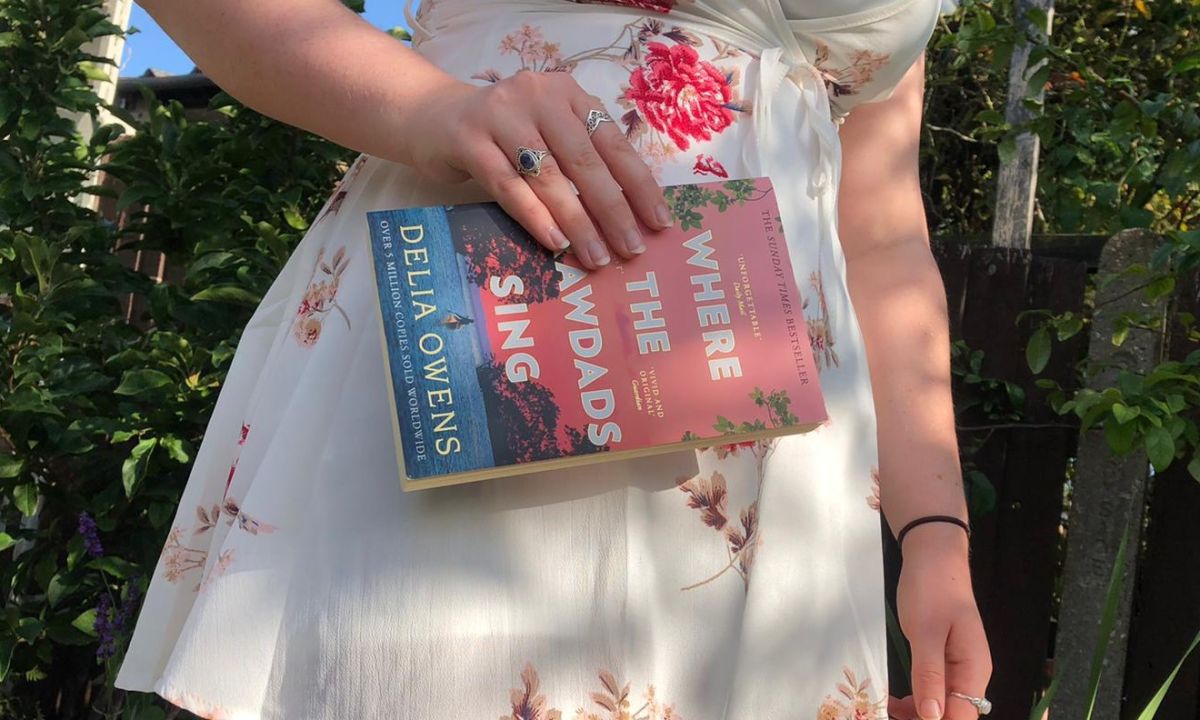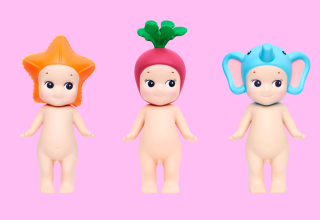Review: Where the Crawdads Sing

Where the Crawdads Sing has topped The New York Times Fiction Best Seller List of 2019 and 2020 for a combined 32 weeks, spending over 100 weeks in total on the chart. This is an astonishing feat for the debut novel of a 70-year-old retired wildlife biologist. However, after reading it, the book’s staying power becomes clear.
The storyline flits between a jumbled set of dates from 1952 to 1970, intertwining the childhood of the protagonist, Kya Clark, with her experiences as the ‘swamp girl’ in her young adulthood. In the prologue, set in 1969, a man has died suspiciously, framing a coming of age love story with the tension of potential murder.
Abandoned by her family as a young child, Kya teaches herself to fish and to survive alone in the swamplands of North Carolina. On the face of it, her ability to withstand hardship appears to be improbable at best and impossible at worst. Despite this, Owens’ detailed breakdown of Kya’s thought processes and deductions renders her achievements believable.
Kya grows up entirely surrounded by nature, which acts as the framework of her understanding of the world. Science journals act as metaphors for the characters in the text, explaining the behaviour of the two men, Tate and Chance, who become interested in Kya.
The story is perilously close to being clichéd, but somehow it still avoids being predictable. The combination of high tension and a compelling protagonist makes it impossible to put down.
A film of the novel is in development by Reese Witherspoon, whose online book club picked the novel in September 2018. A film adaption of the book has the potential to be stunning if Owen’ sumptuous descriptions of Kya’s waterland home are reflected in the filming.
The novel’s depiction of racial and social division, as well as the fragility of humanity’s relationship with nature, means the novel landed at an apposite moment. Where the Crawdads Sing is the perfect lockdown read due to its vivid detail and easy escapism.







